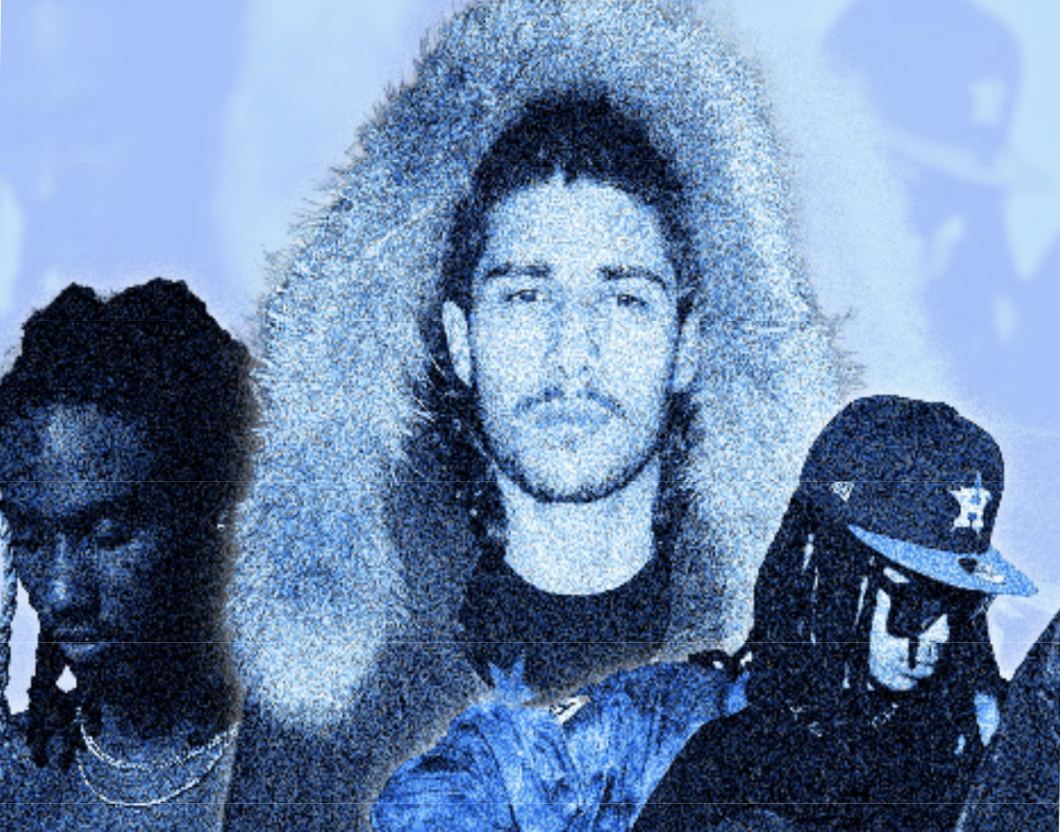
XANDER TANGRI '27// THE LOYALIST
OSAMASON, FAKEMINK, & CHE depicted producing in the studio
Who do you listen to? Drake, Playboi Carti, Kendrick Lamar? These are some of, if not the biggest names in the rap game right now. However, does this mean they are better?
When you enter the Spotify or Apple Music app, you are shown the top active artists and all the new music they are producing. Primarily through the “Rap Caviar” playlist made by Spotify, users are shown these “new” and “upcoming artists,” even though these people have been making music for years and have already accumulated millions of streams.
What if we took a closer look at the industry? This deep dive will lead us into a genre that people like to call the “Underground.” There are artists that are not heard on the radio, not just because they haven’t been introduced to the mainstream public, but because of their raw talent and unique style. This comes with a mix of electronic beats, hardcore 808s and anything else the mainstream media perceives as “too much.”
The underground can seem a bit much at first glance. The mainstream won’t highlight artists like Che, Osamason, Nettspend, Fakemink, or Feng on charts, but to niche communities, their names matter. Their music is mostly shared by Discord, SoundCloud, TikTok or word of mouth.
Mainstream rap typically sounds polished and perfected in the eyes of the label; underground tracks sound unfinished and experimental. This unfiltered approach draws fans in because it’s alive and personal, with no label expectations. The idea behind this mainly comes from the producer.
Julian Angelo ‘27, a music producer, explains, “The process is obviously harder because of the lack of loops and repetition, but it feels so much more alive.”
Relative to mainstream artists like Drake, Travis Scott or Lil Uzi Vert, the difference is clear. Mainstream rappers pack stadiums with their enormous teams, employing an almost machine-like approach to marketing and branding, and although it’s big, it has a faceless feel to it. For the underground listener, a sketchy, glitchy Fakemink track uploaded at 2 a.m. feels more real than an album pushed by a year of unnecessary marketing.
Christian Rice ’27 says, “When I’m listening to Gl**k40Spaz it feels more true than a Drake album where he raps about girls and money for an hour.”
This scene is inspired by the SoundCloud era of the late 2010s, when Playboi Carti and Lil Uzi Vert demonstrated that surreal sounds could create an entirely new landscape in rap. Their embrace of unconventional sound opened the door for today’s underground to turn things up. Artists like Che, Nettspend and Feng are embracing experimentation, but the rest of the world adopts to their innovations later on.
The underground and mainstream are not oppositional, but rather complementary parts of a cycle, with the underground generating ideas and the mainstream disseminating them. The underground provides a space for experimentation, and the mainstream provides a space to reach a broader audience. Together, the two spaces allow rap and hip-hop to move forward, and the Loyola community is excited to see what innovation the space will come up with next.
